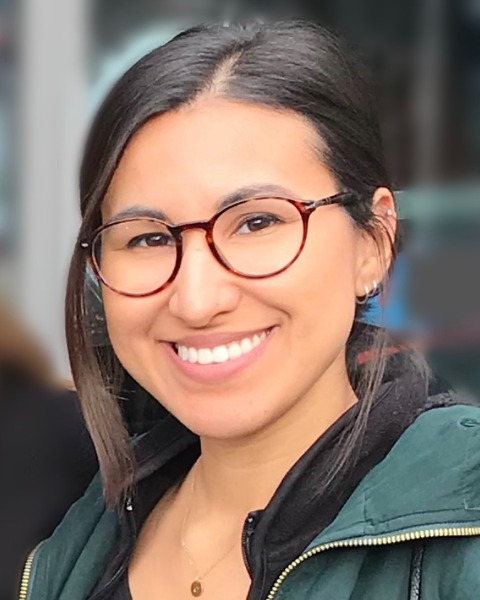Electro/physiology (E)
PP518 - Speech Processing in Musicians and Non-Musicians: EEG Study

Vanessa Cruz (she/her/hers)
Student
California State University, Los Angeles, CaliforniaFinancial Disclosures: I do not have any relevant financial relationships with anything to disclose.
Non-Financial Disclosures: I do not have any relevant non-financial relationships with anything to disclose.- MW
Margaret Winter (she/her/hers)
Clinic Director
California State University Los Angeles
Redlands, CaliforniaFinancial Disclosures: I do not have any relevant financial relationships with anything to disclose.
Non-Financial Disclosures: I do not have any relevant non-financial relationships with anything to disclose. - CS
Chandan H. Suresh, PhD (he/him/his)
Assistant Professor
California State Univeristy- Los Angeles
Alhambra CA 91803, CaliforniaFinancial Disclosures: I do not have any relevant financial relationships with anything to disclose.
Non-Financial Disclosures: I do not have any relevant non-financial relationships with anything to disclose. - MH
Miwako Hisagi, AuD, PhD (she/her/hers)
Assistant Professor
California State University, Los Angeles
California State University, Los Angeles
Los Angeles, CaliforniaFinancial Disclosures: I do not have any relevant financial relationships with anything to disclose.
Non-Financial Disclosures: I do not have any relevant non-financial relationships with anything to disclose.
Lead Presenter(s)
Presenter(s)
Summary:
Background: For hearing individuals, auditory processing is a highly complex task that occurs nonstop, even during sleep (Koroma et al., 2019). Musical training engenders structural and functional differences in the auditory cortex (Paraskevopoulos et al., 2012; Virtala et al., 2014; Vuust et al., 2012). Musicians have demonstrated superior auditory processing abilities compared to non-musicians, particularly when detecting deviants in complex auditory regularities (Paraskevopoulos et al., 2012). Previous research regarding differences between musicians and non-musicians primarily involve tonal, melodic, or musical stimuli. In this study, we investigate whether musicians respond differently to deviants in speech compared to non-musicians by analyzing mismatch negativity (MMN) responses using temporally-cued contrasts stimuli. We also assess speech discrimination abilities using the Quick Speech in Noise (QuickSIN) test.
Methods:
Participants: Participants ranged between 20-40 years old with normal to mild hearing loss. Participants are monolingual American English speakers with no other languages spoken in their household. The musician participants received at least five years of individual musical training or instruction, and are currently practicing their instrument(s) weekly at minimum.
Stimulus: To assess MMN, a speech stimulus with a duration difference was used. The speech stimulus was a Japanese nonword /erete/. The standard stimulus was a shortened vowel presentation of /erete/. The deviant stimulus was an elongated vowel presentation of /erete/ (/ereete/). The most representative stimulus set (short and long) was chosen based on Hisagi et al. (2022). To assess speech-in-noise, participants were administered List 2 of the Quick Speech-In-Noise (QuickSIN) test. The QuickSIN test includes six pre-recorded sentences with five key words per sentence. These sentences are presented in four-talker babble noise with signal-to-noise ratio (SNR) decreasing in 5dB steps per sentence.
Paradigm: An oddball paradigm similar to Hisagi et al. (2010) was used.
Procedure: After the audiologic evaluation and QuickSIN testing, the participant’s neurophysiological electroencephalography (EEG) measurement was taken. The stimuli were presented through speakers at 75dBSPL in a sound-proof test booth. During the EEG recording, subjects were given a silent task on a laptop that involved minimal body movement.
Preliminary Results (recruitment ongoing): Ten individuals, including 5 instrumental musicians and 5 non-musicians, participated in the experiment. Musicians tend to perform better than non-musicians in both tasks: (1) detecting changes in speech stimuli, resulting in larger MMN responses, and (2) the speech-in-noise perception task, resulting in better QuickSIN scores.
Clinical Implications: These findings suggest that musical training may help individuals who experience difficulty understanding speech in noise.
Learning Objectives:
- Upon completion, participants will be able to describe the speech processing abilities of musicians in terms of the mismatch negativity (MMN) neurophysiological component and QuickSIN behavioral component.
